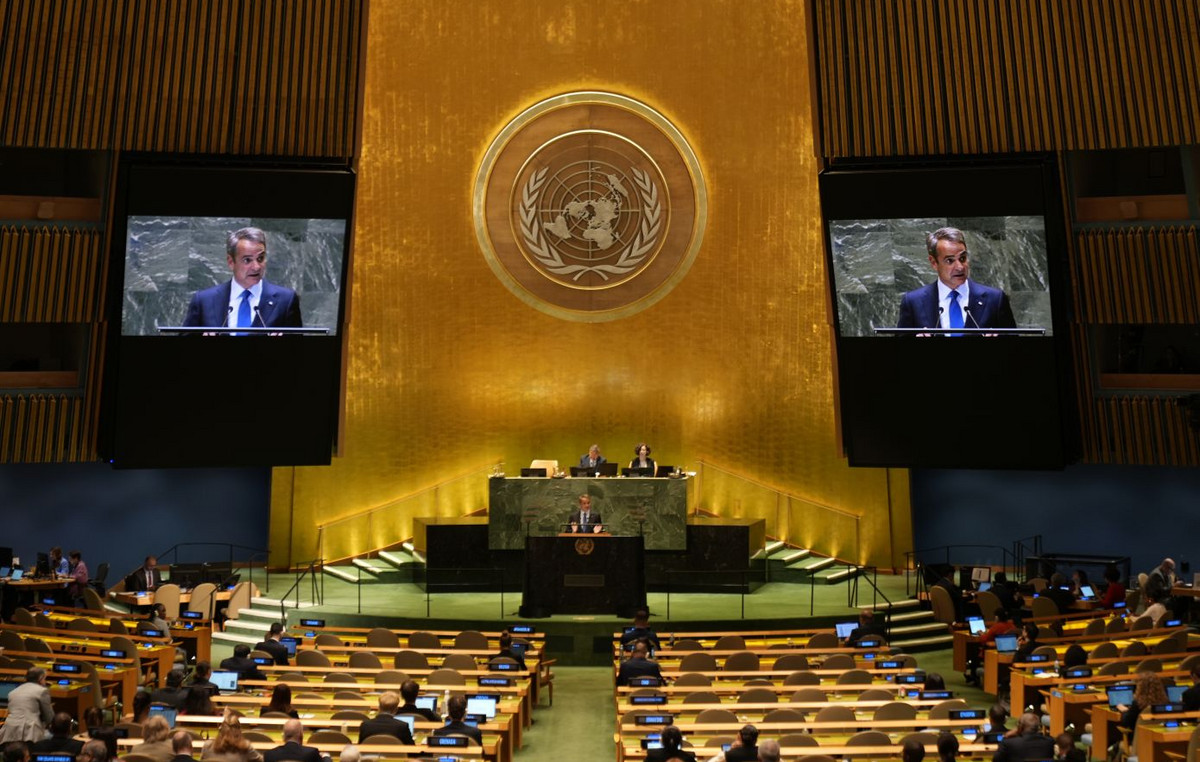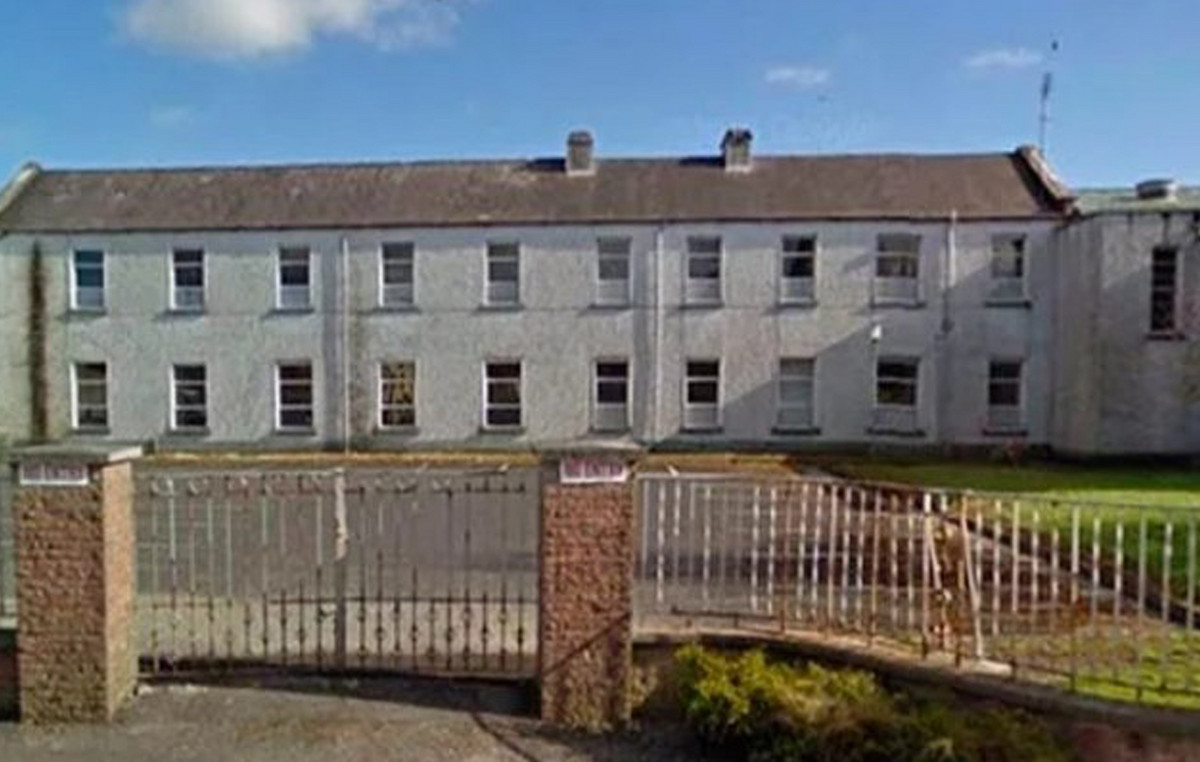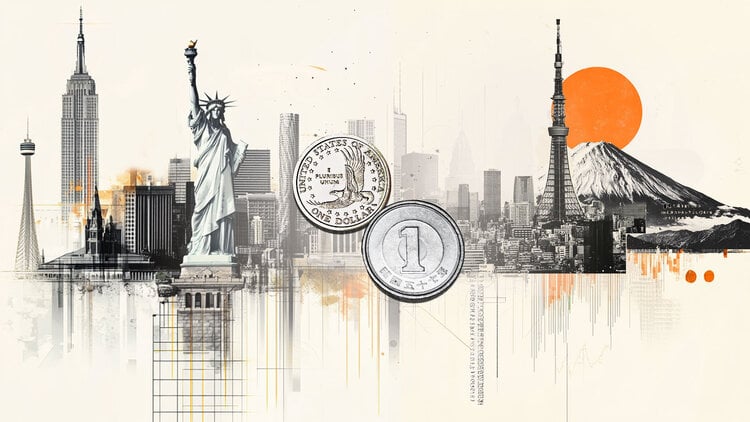Previously critical of the use of body cameras by military police officers, the governor of São Paulo, Tarcísio de Freitas (Republicans), stated this Thursday (5) that he was “completely wrong” in adopting a stance against the use of this equipment in troops. .
The change in position occurred after the disclosure of recent episodes of police violence in the state – in particular the case of the man who was thrown from a bridge by a police officer in the south zone of the capital of São Paulo after an approach.
“I was completely the wrong person on this issue. I had a mistaken view, due to my past experience, which has nothing to do with the issue of public safety. Today I am absolutely convinced that it is an instrument to protect society and police officers”, said Tarcísio, during a press conference.
The head of the state Executive promised to continue using this equipment in the state. “We will not only maintain the program, but expand the program and try to bring the best in terms of technology.”
When cameras started to be used
The Olho Vivo program, which began the use of body cameras on military police officers in São Paulo, was announced in 2020 by then-governor João Doria (at the time in the PSDB).
In December of that year, Doria announced the hiring of 2,500 police cameras. The contract for purchasing the equipment was signed in February 2021.
The contract with the company supplying the items, worth R$1.2 million, was valid for 30 months.
Tests to implement the equipment began in 2016.
New cameras
In September of this year, under the Tarcísio de Freitas administration, the São Paulo government signed a contract with the company Motorola for the acquisition of new body cameras for the Military Police.
The notice for hiring the new cameras was published in May this year. At the time, there was controversy regarding a new feature of the equipment to be acquired: the possibility for police officers to turn the devices on and off voluntarily.
Shortly after the publication of the notice, Minister Luís Roberto Barroso, of the Federal Supreme Court (STF), ordered the government of São Paulo to clarify the “on and off” function in the equipment.
How cameras work
First generation
The first generation cameras, contracted during the Doria government, did not allow the police officer to turn the cameras on or off.
In 2021, Palácio dos Bandeirantes explained that “portable cameras are attached to uniforms and automatically record all police activities during their shift on duty.”
“In other words, all approaches, inspections, searches, sweeps, accidents and other interactions with the public are recorded regardless of the police officer’s actions. The data is transmitted in real time via live streaming or stored in the cloud for remote access by security and judicial authorities whenever necessary.”
The first generation equipment also has a GPS location function, allowing the center to monitor the police officer’s positioning in real time.
Second generation
The bodycams purchased from the Tarcísio administration allow the police officer to turn the device on and off whenever he deems necessary.
Despite the manual “on and off” function, the São Paulo government highlighted in September, when the contract was signed, that there is the possibility of the cameras being activated remotely by the PM Operations Center (Copom).
“The new cameras will feature a “buffer” system capable of storing images from the 90 seconds prior to activation. In other words, the cameras continue to operate continuously and, when activated to store images, they will include retroactive recordings, enabling complete recording of the occurrence.”

Also according to Palácio dos Bandeirantes, the second generation cameras have features such as “facial recognition, reading vehicle license plates, improved connectivity, with the possibility of live transmission, among other innovations, modernizing the service currently in operation”.
“The device has the technical capacity to integrate images with the Muralha Paulista Program, in addition to identifying fugitives from justice”, says the São Paulo government.
The cameras also have a microphone and speakers, which allows two-way communication between the agent on the street and Copom.

“With a two-way audio tool, the cameras attached to police officers’ uniforms will allow them to request support during actions. Due to live transmission, Copom will also be able to activate other support teams even before the military needs to request it”, says the Public Security Secretariat.
According to the folder, “the new contract requires that each piece of equipment has another equivalent for recharging, processing and uploading files”.
This content was originally published in Understand how body cameras used by the PM in SP work on the CNN Brasil website.
Source: CNN Brasil
I’m James Harper, a highly experienced and accomplished news writer for World Stock Market. I have been writing in the Politics section of the website for over five years, providing readers with up-to-date and insightful information about current events in politics. My work is widely read and respected by many industry professionals as well as laymen.







